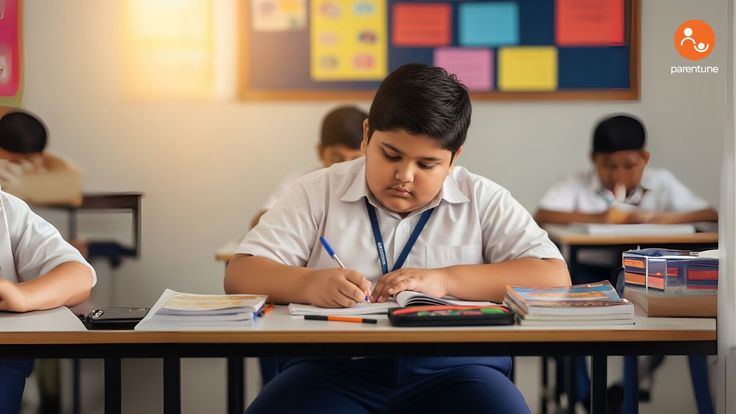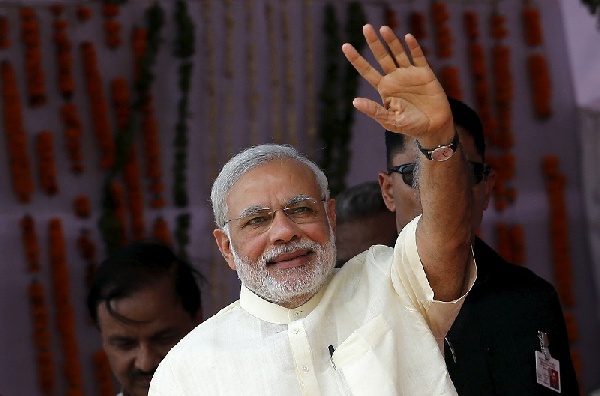Rising Childhood Obesity in Delhi

Childhood obesity has emerged as a significant health concern in India, with predictions from UNICEF's Obesity Atlas for 2022 indicating over 27 billion obese children in the country. This alarming trend has been further underscored by a recent study conducted by the All India Institute of Medical Sciences (AIIMS), in collaboration with the Indian Council of Medical Research (ICMR).
The AIIMS study, which involved 3,888 children aged 6 to 19 from various public and private schools, revealed shocking disparities in obesity rates. It found that children attending private schools in Delhi had a nearly five times higher incidence of obesity compared to those in public schools. Even more concerning were the early signs of serious obesity-related health complications observed in these children. Experts assessed various health markers and discovered that children as young as 13 years old were presenting with metabolic disorders, elevated blood sugar levels, hypertension, and high cholesterol.
While fast food and calorie-rich snacks are often perceived as the primary culprits behind childhood obesity, the AIIMS study suggests that these are only a small part of a larger, more complex issue, especially within private school settings. The significant rise in obesity among private school students in Delhi is attributed to several hidden and often overlooked factors that extend beyond just unhealthy eating habits.
A major contributing factor is the pervasive lack of physical activities. Due to intense academic pressure and tightly packed daily schedules, children in private schools lead increasingly sedentary lives. They spend extensive hours seated at school desks, in tuition classes, or hunched over study tables at home, leaving minimal time for physical movement. Physical education classes, though present, are frequently sacrificed for syllabus completion or exam preparation, and any rare free time is often filled with enrichment activities like coding, olympiad training, or competitive quizzes, further reducing opportunities for sports and play.
Another critical element is the rise of educational screen time, particularly post-COVID. While online learning and digital infrastructure are often seen as privileges, they contribute to harmful overexposure to screens. Children spend numerous hours in front of screens for virtual classrooms, online assignments, research, and collaborative school projects. Despite its educational nature, this extended screen time leads to a sedentary lifestyle, eye strain, poor posture, and disrupted sleep cycles, as the body does not differentiate between 'productive' and 'non-productive' screen exposure.
Addressing this growing crisis requires a multi-faceted approach. There is a strong need for schools to prioritize 'health cards' as much as 'report cards,' with parents also maintaining vigilance. It is crucial to recognize that sports and physical activities are not luxuries but fundamental necessities. Key changes advocated include implementing routine health checkups in both school and home environments, dedicating more time for play, reducing overall screen time even if for academic purposes, and ensuring the availability of nutritious and healthy meal options at school.












